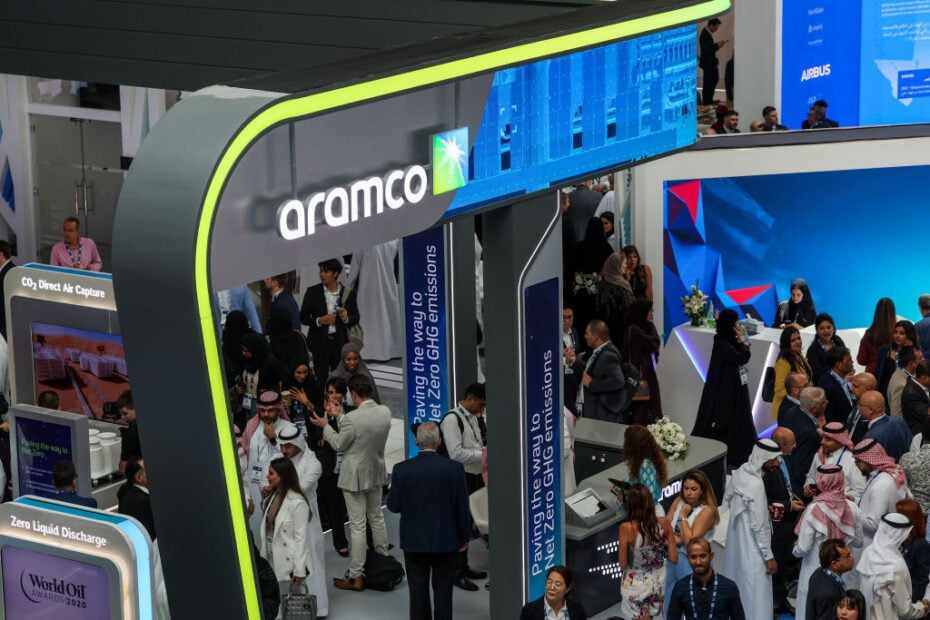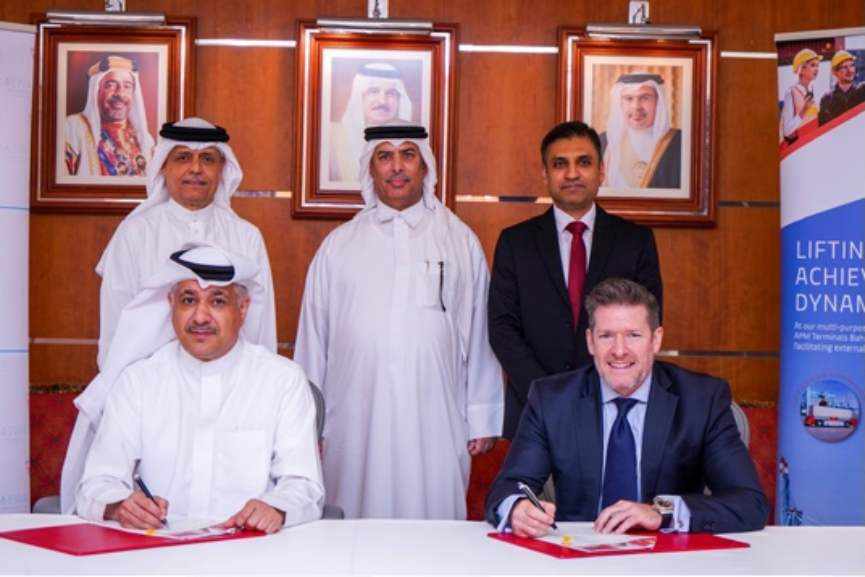Hydrogenious Is Using Conventional Fuel Infrastructure To Scale Green Hydrogen Adoption
- Date: 29-Nov-2021
- Source: Forbes
- Sector:Oil & Gas
- Country:Middle East
Hydrogenious Is Using Conventional Fuel Infrastructure To Scale Green Hydrogen Adoption
Illustration of how Hydrogenious aims to distribute hydrogen produced from renewable energies using ... [+] existing fuel infrastructure In 2019, as part of the European Green Deal, the European Commission (EC) adopted plans for Europe to become the first climate-neutral continent by 2050. To meet the net-zero emissions target, the EC identified green hydrogen as a central element to decarbonise the European Union's energy mix and aims to invest heavily in unlocking the potential of the technology to reduce GHG emissions in the power, industrial, transport and buildings sectors. However, today, 99% of hydrogen is "grey", meaning it is produced from fossil fuels, usually through a pollution-heavy process, and currently costs two to three times less than green hydrogen. As a result, for green hydrogen to have the intended impact on the EU's net-zero plan, it needs to become more economically viable, in which the costs of the electrolysis process are lowered, and hydrogen transport infrastructure is scaled up to meet any commercial breakthroughs. Despite the task ahead, there is a case for optimism. A recent International Energy Agency (IEA) analysis found that the cost of producing hydrogen from renewable electricity could fall 30% by 2030, with the World Economic






















